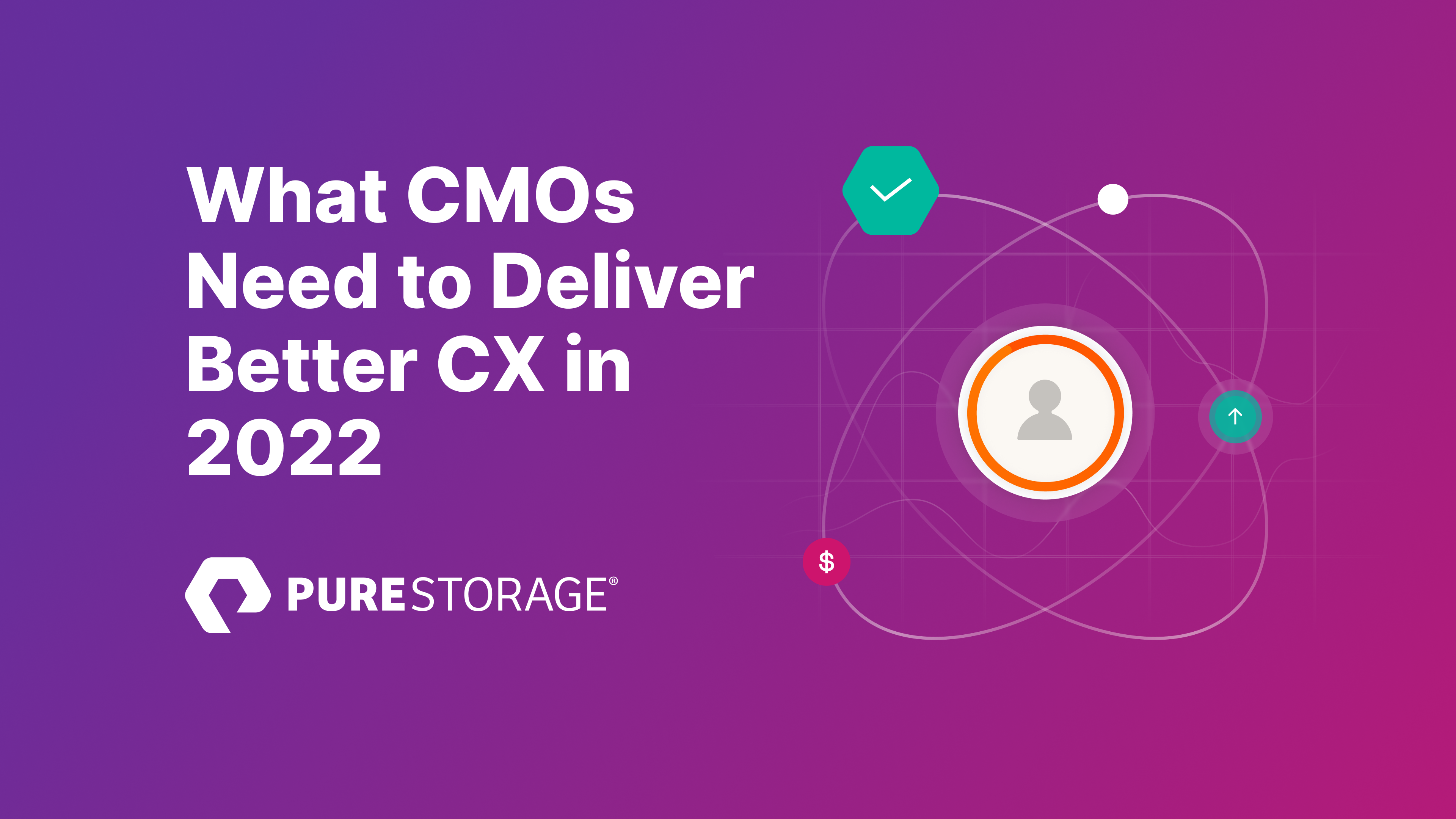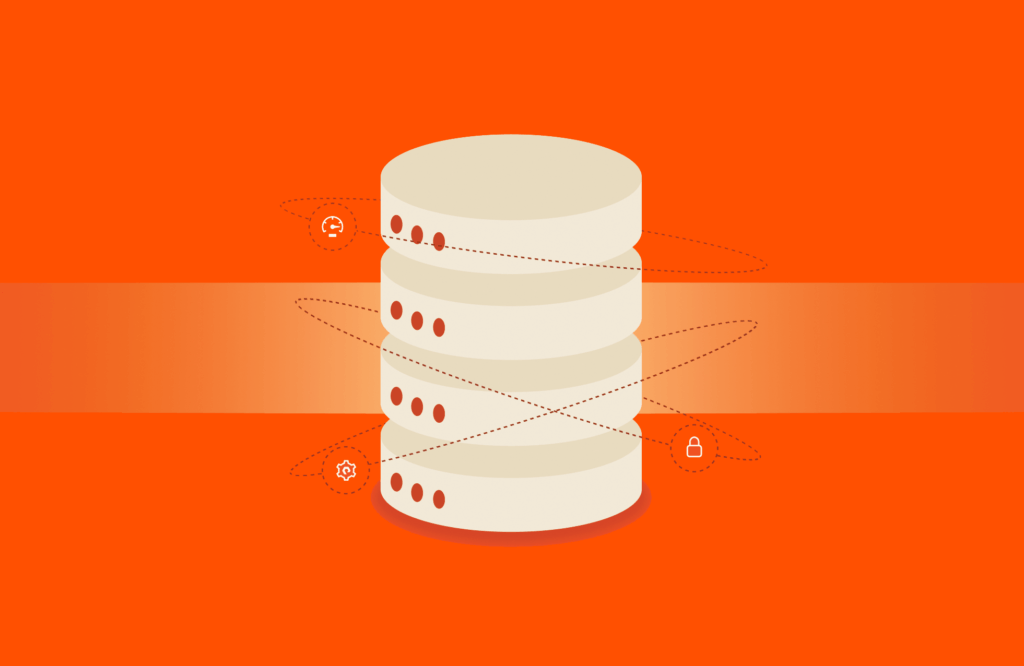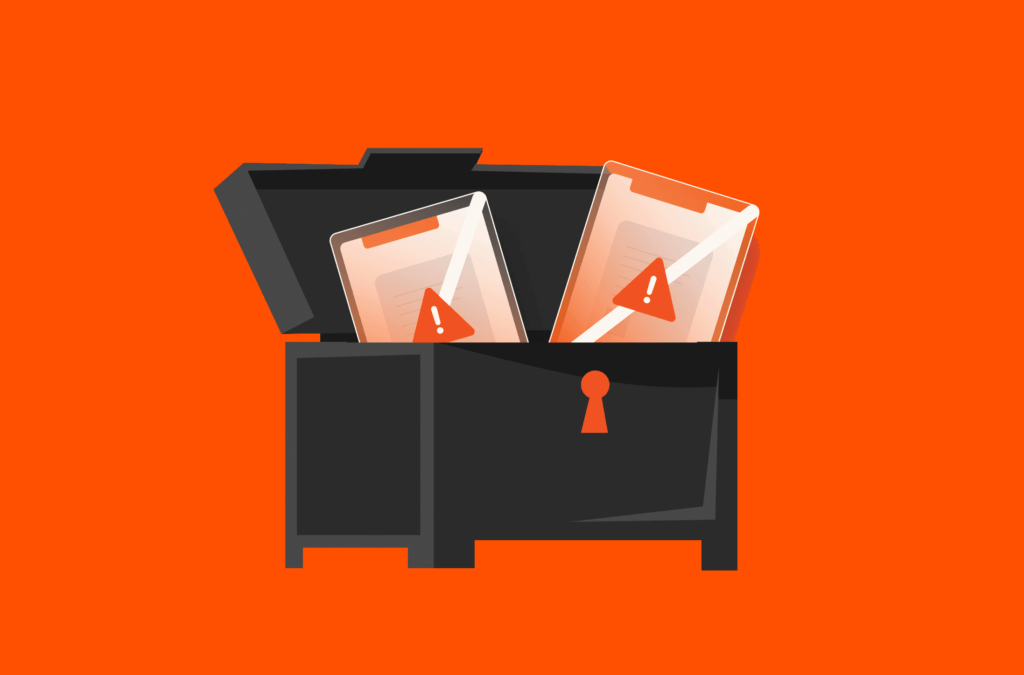In today’s ultracompetitive marketplace, customers reign supreme. It’s no longer enough to simply provide a quality product—customer experience (CX) is the metric that matters. Delivering personalized experiences that delight customers across multiple channels is critical to significantly improving sales, brand reputation, customer satisfaction, and loyalty, as well as driving business growth and boosting revenue.
CX: The Metric Moving Marketing
Customers gravitate to the organizations that provide the kinds of experiences they want. It’s why Net Promoter Scores (NPS) have become so popular with leaders—it helps us listen, improve, and sustain great experiences.
Eighty percent of consumers are more likely to purchase when brands offer experiences personalized to them, and 40% of consumers are more likely to spend more than they had planned when experiences are highly personalized. Plus, missing opportunities to deliver excellent CX can have lasting repercussions. Almost a third of customers (32%) stop doing business with a brand they love after only one negative experience.¹
Bottom line: You have to be customer-obsessed. But not all brands get it right.
To Do CX Right, You Need Data—and Lots of It
Data plays a vital role in CX strategies. Today’s digital infrastructures are already gathering volumes of data that carry the keys you need to meet customer expectations.
A great place to start is with customer records and customer service analytics, which can deliver incredible insights into customer behavior and preferences. These can include:
- Purchases
- Items viewed
- Downloads
- Subscriptions
- Customer complaints
- Returns
- Help center calls
Armed with these insights, you can begin to deliver the level of proactive (as opposed to reactive), contextual CX. Creating situational awareness in real time is table stakes, and this requires rapid analysis. In the retail industry alone, CRMs and streaming will increase the need for bandwidth and availability:²
- Customer data platforms: By 2024, 25% of the customer data used to drive personalized experiences and improve omnichannel merchandising, marketing, and service intelligence will be sourced from shared customer data hubs.
- Live streaming: By 2023, 40% of retailers will have integrated live streaming capabilities into their commerce platforms, increasing e-commerce conversion rates by at least 10%.
AI has also disrupted customer service organizations, most notably in retail with recommendation engines, cashierless checkout, and AI-based call centers.³ By 2022, conversational AI with sophisticated speech recognition and speech-to-text capabilities will be widely deployed (and greatly improved), and data centers have to be ready.
Marketers: Data Storage Can Help (or Hinder) Your CX Efforts
If proactive, contextual CX is the goal and enterprises are implementing advanced, data-intensive analytics tools to achieve it, the capacity to analyze data and unlock the value and insights within it is absolutely critical.
One of the challenges to overcome is the nature of that valuable data. Much of it—possibly 80% to 90%, according to many industry experts—is unstructured.4 Those service analytics I mentioned above, for example, don’t always conform to structured data models or fit neatly into the columns of a spreadsheet. Other unstructured data can take the form of text, video, images, social media posts, server logs, and so on. It could be the notes typed into a customer’s online account by a call center agent, for instance.
Related: Why Should Executives Care About Data Storage?
Enterprises—and marketers—need a data management solution that can help them consolidate, manage, and analyze data gathered from multiple systems to get a complete picture of what’s happening at all times. As my colleague Shawn Rosemarin said, “Storage is much more than an IT commodity these days. Taking it for granted can hold companies back from evolving business models, deploying innovative new applications, and monetizing data—which should be enough to keep any leader up at night.”
Enterprises need the data firepower to be customer-obsessed. That means making proactive decisions, addressing customer or product issues before they escalate, and allowing AI to automatically identify and mitigate other issues. And it’s what Pure Storage was founded on.
How Pure Storage Can Help You Deliver Exceptional CX
With an NPS of over 85, Pure is a company dedicated to delivering our customers exceptional experiences and modern data storage. This makes us uniquely poised to help you leverage your data to reach your customers in more personalized ways. Great marketing depends on high-quality data, but you’re not running an IT org—you’re a marketer.
Storage-as-a-service models like Pure as-a-Service™ get you out of the data center business with a true subscription model. Those who have made the shift are already seeing significant gains.5 It’s estimated that “by 2024, digital-first enterprises will enable empathetic customer experiences and resilient operating models by shifting 70% of all tech and services spending to as-a-service and outcomes-centric models.”6
As marketers, we’re no strangers to change and disruption. But with top-notch data management at our fingertips, we’ll be ready to craft winning strategies and campaigns this year and beyond.
[footnotes]
https://emplifi.io/resources/blog/customer-experience-statistics
https://emplifi.io/resources/blog/customer-experience-statistics
https://goto.webcasts.com/starthere.jsp
https://mitsloan.mit.edu/ideas-made-to-matter/tapping-power-unstructured-data
https://www.purestorage.com/harvard-business-review.html
https://www.businesswire.com/news/home/20211026005159/en/IDC-FutureScape-Highlights-the-Critical-Transformations-Enterprises-Must-Pursue-to-Compete-in-a-Digital-First-World
[/footnotes]
![]()





